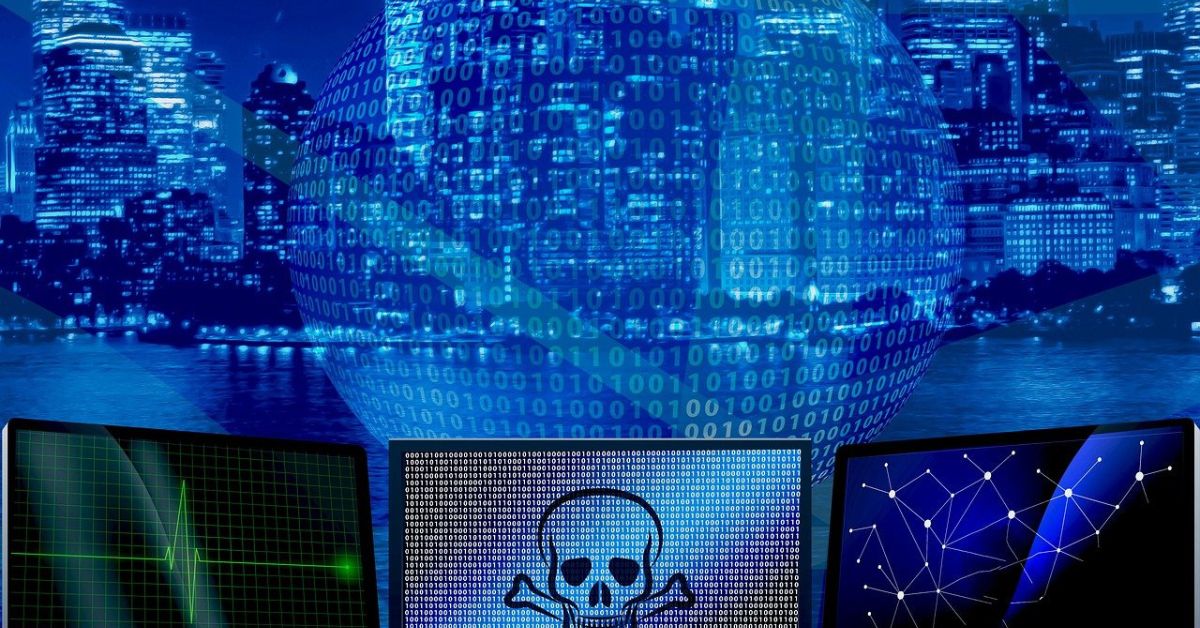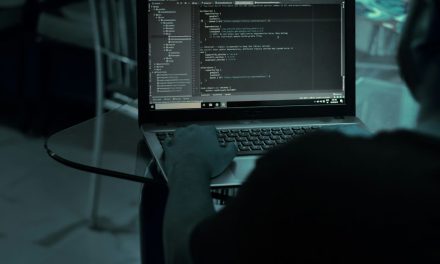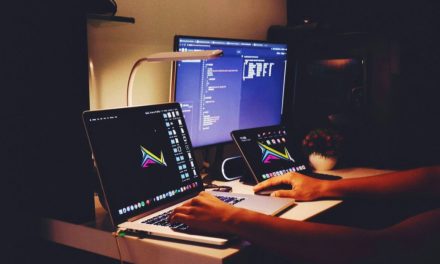The biggest cybersecurity challenges in Augmented Reality (AR) are the potential for malicious data manipulation that can distort a user’s perception of reality, the invasive collection of sensitive personal and environmental data, and the creation of new physical world safety risks.
As of September 5, 2025, Augmented Reality is rapidly moving beyond gaming and social media filters to become a powerful tool for industry, retail, and everyday navigation here in Rawalpindi and across Pakistan. As AR glasses become more common and our smartphones continue to act as powerful AR devices, this technology, which overlays digital information onto the real world, is creating a new and deeply personal attack surface.
1. The Hijacking of Reality: Data Manipulation and Spoofing
This is the most unique and dangerous threat posed by AR. Because AR systems alter our perception of the world, a hacker who compromises the system can control what we see.
- The Threat: An attacker could intercept and alter the data stream being fed to a user’s AR glasses or smartphone. This is a sophisticated Man-in-the-Middle (MitM) attack for our own senses.
- The Consequences:
- In Industry: A technician in a factory using AR glasses for complex repair instructions could be shown a malicious overlay that tells them to cut the wrong wire, causing equipment damage or physical injury.
- In Navigation: An AR navigation app could be hacked to display fake road signs or to discreetly guide a user down a dangerous, unlit street.
- “Digital Vandalism”: Imagine a public space in a Pakistani city where AR overlays are common. A hacker could “vandalize” the digital layer, replacing legitimate advertisements with offensive content or spreading disinformation.
2. The Ultimate Privacy Invasion: A World of Sensors
AR devices are, by their very nature, powerful surveillance tools. To function, they must constantly be aware of and mapping their surroundings.
- The Threat: AR devices are equipped with a suite of sensors—cameras, microphones, GPS, and sometimes even LiDAR—that are always on. This creates a continuous, rich data stream of a user’s environment.
- The Consequences:
- Constant Surveillance: A compromised AR device could be used to secretly record everything a user sees and hears in their most private spaces, like their home or office.
- Environmental Data Harvesting: An AR app could be surreptitiously mapping the inside of your home, collecting data on your valuable possessions, or recording the details of a confidential business meeting on a whiteboard.
- Biometric Data Theft: Advanced AR glasses can track a user’s eye movements (retinal scanning), a unique biometric identifier that, unlike a password, cannot be changed if stolen.
3. Securing the Physical World
Because AR directly interacts with our physical actions, it creates new risks for our personal safety.
- The Threat: An attacker could use a malicious AR application to intentionally distract a user at a critical moment.
- The Consequences:
- Distracted Driving/Walking: An AR game or notification that is designed to pop up and monopolize a user’s attention could be triggered while they are driving or crossing a busy street in a city like Rawalpindi, with potentially fatal consequences.
- Physical Obstruction: A malicious app could fail to display a warning about a real-world physical obstacle, or it could create a fake digital “wall” that causes a user to trip or fall while trying to avoid it.
The Defensive Strategy
Securing this new AR-powered world requires a new approach to security.
- Secure-by-Design: Manufacturers of AR hardware and software must build security and privacy into their products from the ground up.
- Data Minimization: AR apps should be required to collect only the absolute minimum data necessary for them to function.
- User Awareness: As users, we must become far more critical of the permissions we grant to AR applications. An AR game does not need access to your contacts.
- Verifiable Digital Signatures: Critical information displayed in AR (like a safety instruction or a road sign) will need to be cryptographically signed to ensure that it is authentic and has not been tampered with.





